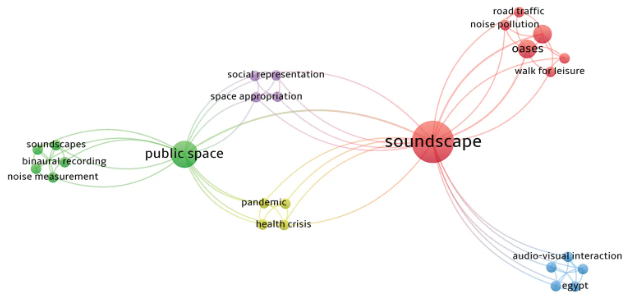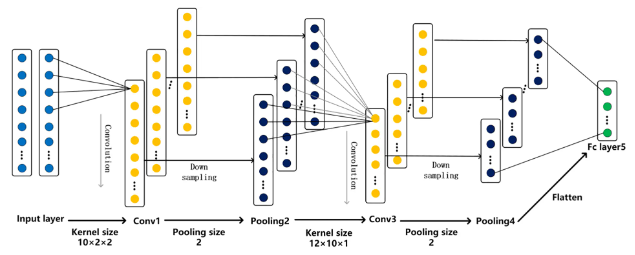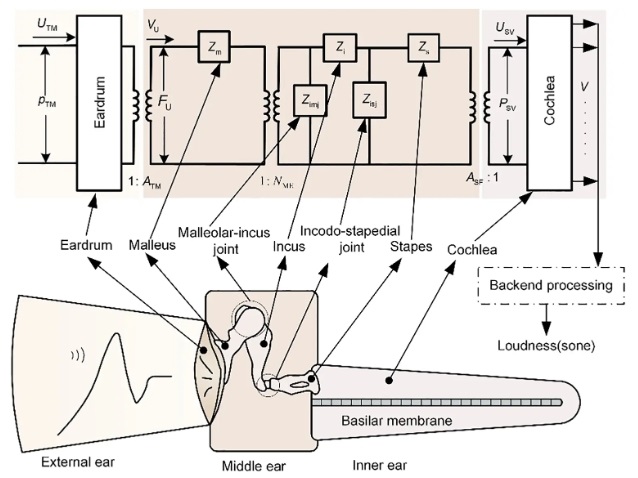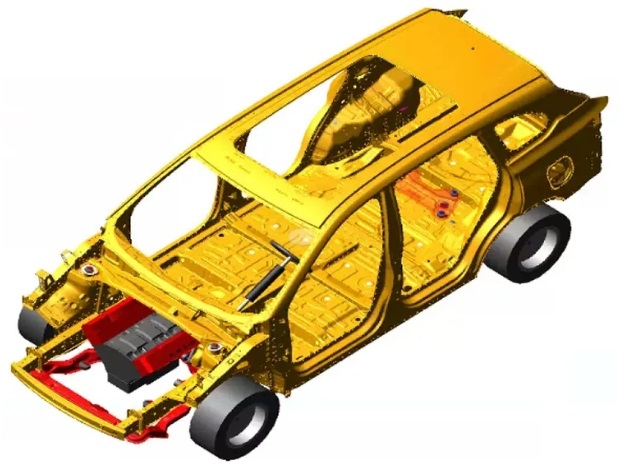Implementation of the floor impact noise monitoring system to the existing apartment buildings
Abstract
Floor impact noise has been the prior social issue nowadays since most people are living in apartment buildings in Korea. Even though much research has been undertaken to reduce the floor impact noises architecturally and regulations were strengthened, the disputes concerning this matter have been increased. The present study is the first trial to solve this problem using ICT technologies called floor impact noise monitoring system. This system is to be operated all day long in the buildings monitoring real time all the noises for the reduction of the occurrence of floor impact noises. The system consists of sound and vibration sensors, a wireless communication gateway and the main server with analyzing software. In order to enhance the accuracy and durability of the system, the suitability tests for sensors were executed in an anechoic chamber using many current sound and vibration sensors, Also, the system was tested at the authority laboratory for the verification. The operating algorithm was first made satisfying with the current regulations in Korea, but it was modified several times with feedback procedures from the many tests. The systems were applied to the 300 dwelling units at three apartment complexes in Korea for three months. During the real-time implementations of the system, warning sound was rumbled to the dwelling units where excessive impact noise had occurred. Before and after the implementation, questionnaire surveys were undertaken to investigate the resident satisfaction measurement. As a result, it was found that the system can chase the floor impact noises well and localize the floor impact noise sources successfully. It was also revealed that the analyzed results of the system are in coincidence with the measured levels. Also, it was shown that excessive noise occurrence was reduced by 14% compared with the initial state. And residents replied that noise concerned stress was reduced by about 20% on average. Thus, it can be concluded that reliability of the floor impact noise monitoring system was verified, and the standard specification of the system was fixed for the system commercialization in future.
References
[1]Korean Ministry of Environment. Annual Statistical Report of Environment. Korean Ministry of Environment; 2008.
[2]Korean Ministry of Environment. Survey Report of the National Poll for Noise Awareness. Korean Ministry of Environment; 2002.
[3]Kim CH. A study on the propagation characteristics analysis for floor impact noise apartment houses [Master’s thesis]. University of Yeungnam; 2006.
[4]Haan CH. Implementation of the Floor Impact Noise Monitoring System through the Field Test-Bed Operation. Euro-noise, Crete; 2018.
[5]Haan CH. New algorithm of the floor impact noise monitoring system implemented in the existing apartments. WESPAC, New Delhi; 2018.
[6]Lee JK, Haan CH. Round-robin tests of the different types of sensors for floor impact sounds and vibration measurements. In: Proceedings of the Acoustics 2023; 2023; Sydney.
[7]Yong JH, Ham JG, Cho HH. Comparison of Sensitivity of Sensors for Reducing Noise Between Stories in Buildings. In: Proceedings of the SAREK; 2020.
[8]Korean Standards Association. KS F 2863-1, Method of Floor Impact Noise Measurement and Evaluation of the Performance of Noise Insulation: Standard Light-weight Impact Source (Korean). Korean Standards Association; 2022.
[9]Korean Standards Association. KS F 2863-2, Method of Floor Impact Noise Measurement and Evaluation of the Performance of Noise Insulation: Standard Heavy-weight Impact Source (Korean). Korean Standards Association; 2022.
[10]Korean Ministry of Traffics & Construction. National Standards for Sound Insulation and Floor Impact Noise of Apartments. Korean Ministry of Traffics & Construction; 2004.
[11]Lee WH, Haan CH. Floor Impact Noise Characteristics Depending on the Experimental Conditions Using Impact Ball. The Journal of the Acoustical Society of Korea. 2011; 30(2): 92-99.
Copyright (c) 2025 Author(s)

This work is licensed under a Creative Commons Attribution 4.0 International License.









